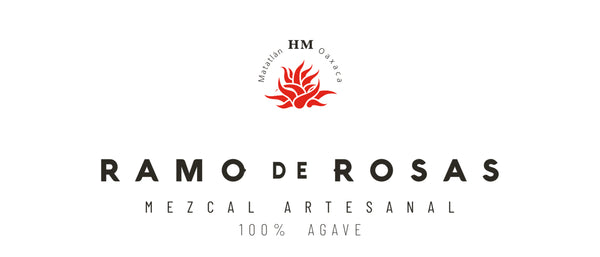Mezcal, a traditional Mexican spirit that has gained global recognition, has its roots deeply embedded in the rich history and culture of Mexico. This spiritual elixir has its origins in times after the arrival of the Spanish, when indigenous civilizations adopted the distillation technique introduced by European colonizers, who in turn had discovered it in the Philippine Islands.
Agave, a succulent plant that grows in various regions of Mexico, is the main ingredient in mezcal. Although there are several varieties of agave that can be used, the species most commonly associated with mezcal is the agave espadín. Unlike other distilled beverages, mezcal is distinguished by its artisanal production process and the diversity of agaves used, each one contributing particular nuances to the final flavor.
How is mezcal made?
Mezcal production takes place in several regions of Mexico, with the protected designation of origin that establishes strict standards to guarantee the authenticity of this drink. However, the heart of mezcal is located in the state of Oaxaca, a mountainous region that is home to 80% of production and is considered the spiritual cradle of this ancient elixir.
The process of making mezcal is laborious and requires skills passed down from generation to generation. It begins with the harvest of the agave, which takes several years to mature. The "jimadores", experts in harvesting the agave, carefully select the mature plants before cutting the stalks and exposing the heart or "pineapple." These piñas are traditionally cooked in pits dug into the ground, covered with leaves and hot stones that generate intense heat. This cooking process gives mezcal its characteristic smoky flavor.
Once cooked, the pineapples are crushed to extract the juice, which is fermented in large wooden vats or leather barrels. Fermentation can last several days, and during this time, natural yeasts convert sugars into alcohol. The resulting liquid is then distilled in copper or clay stills to refine and concentrate the flavors.
And the smoky part?
Although the artisanal cooking process usually gives mezcal a very pronounced smoky flavor, this is not systematic. Ramo de Rosas is distinguished by a slow cooking process of 5 to 6 days (depending on the agaves used), which precisely allows to achieve a very light smoke, thus leaving more room for more subtle flavors and nuances.
The smoky flavor of mezcal originates from three factors:
1) The type of wood used in cooking: woods that generate less smoke should be preferred;
2) The cooking temperature: Ramo de Rosas uses a mixture of 5 varieties of wood, a technique that results in a lower temperature than in a traditional process, thus allowing the agaves to be cooked instead of burnt;
3) The intensity of the distillation: we practice a 3-day long, double distillation, over very gentle heat, thus avoiding "burning" the distillate.
Origin of the term
The name "mezcal" refers to a specific category of spirit produced in Mexico, but also signals a deep respect for tradition and quality. The word "mezcal" has its roots in the Nahuatl language, spoken by the Aztecs, and is derived from "mexcalli," which means "cooked agave." This name evokes the very essence of the mezcal-making process, highlighting the importance of cooking the agave to achieve its unique characteristics.
Mezcal's protected designation of origin ensures that only certain regions and specific production methods can carry the label of authenticity. This legal recognition protects the cultural heritage of mezcal and ensures that producers respect the traditions that have defined this drink throughout the centuries.

